The natural world is often painted as a harmonious symphony of cooperation, but beneath the tranquil surface lies a battlefield of evolutionary arms races. Nowhere is this more evident than in the complex relationship between flowering plants and their pollinators—a dance of mutual dependence laced with deception, exploitation, and relentless adaptation. What appears at first glance as a romantic alliance reveals itself to be a high-stakes game of survival where both parties wield sophisticated strategies to outmaneuver one another.
For centuries, biologists marveled at the apparent symbiosis between flowers and their pollinators. Bees, butterflies, bats, and birds flit from blossom to blossom, transferring pollen as they forage for nectar. The plants, in turn, secure cross-pollination services essential for genetic diversity. This mutualistic narrative, however, glosses over the darker undercurrents of this relationship. Recent research has uncovered that many plants employ tactics bordering on manipulation, while pollinators have evolved countermeasures to avoid being exploited. The result is an ongoing evolutionary tug-of-war where neither side holds permanent advantage.
The Illusion of Generosity
At the heart of this conflict lies nectar—the sugary reward that lures pollinators. Conventional wisdom suggests that flowers produce nectar as honest payment for pollination services. But many species have been caught cheating. Some orchids, for instance, produce no nectar at all, instead relying on visual mimicry to trick bees into visiting. Others offer minute quantities insufficient to sustain their visitors, forcing them to visit more flowers and thereby spread more pollen. This deception comes at a cost; certain bee species have developed the ability to recognize and avoid these dishonest flowers after repeated encounters.
Even more sinister are plants that weaponize their nectar. Certain tropical flowers lace their nectar with caffeine—not enough to poison, but sufficient to enhance a bee's memory of the flower's location. The caffeine acts as a neural stimulant, ensuring the pollinator will prioritize returning to that particular plant species. While this might seem like clever marketing, it borders on biochemical manipulation, potentially steering pollinators away from competing flowers that might offer better nutritional value.
Pollen Theft and Countermeasures
The battleground extends beyond nectar deception to the very commodity at stake—pollen itself. Some bees have perfected the art of "nectar robbing," bypassing the flower's reproductive structures to access nectar through holes chewed at the base of blossoms. This leaves the plant's pollen untouched and its pollination needs unmet. In response, certain flowers have developed intricate physical barriers—narrow corolla tubes, strategically placed hairs, or complex petal arrangements—that force pollinators to brush against pollen-bearing structures as they forage.
Plants have also evolved sophisticated pollen packaging systems. Rather than offering loose pollen grains that bees can easily collect, many species bind their pollen into sticky masses or conceal it within specialized structures that only release when triggered by the correct pollinator. Some even employ "pollen dosing," where each visitor receives just enough pollen to ensure they'll need to visit multiple flowers to gather sufficient resources. This maximizes the plant's cross-pollination opportunities while minimizing pollen loss to greedy foragers.
The Sensory Arms Race
Perhaps the most fascinating aspect of this conflict unfolds in the realm of sensory perception. Flowers communicate with pollinators through elaborate displays of color, pattern, and scent—each element carefully tuned to attract specific visitors. But these signals aren't always truthful. Some flowers emit ultraviolet patterns invisible to humans that mimic the appearance of pollen-rich anthers, tricking bees into probing empty flowers. Others produce scents that precisely match the sex pheromones of certain insects, luring amorous males to act as unwitting pollen couriers.
Pollinators haven't remained passive in this sensory warfare. Many bees can detect electrical fields generated by flowers, allowing them to assess whether a blossom has been recently depleted of nectar. Some butterflies have developed vision extending into the ultraviolet spectrum, enabling them to spot floral guides invisible to other insects. Bats pollinating night-blooming flowers rely on specialized echo-reflection from dish-shaped petals that help them locate blooms in complete darkness. With each sensory adaptation in plants, pollinators evolve new ways to penetrate the deception.
Climate Change and Shifting Alliances
The delicate balance of this evolutionary conflict now faces disruption from human-induced climate change. Rising temperatures and shifting precipitation patterns are altering flowering times, sometimes desynchronizing them from pollinator life cycles. Some plants respond by becoming less selective in their pollination strategies, while others double down on specialization. Pollinators, in turn, are changing foraging behaviors, with some species abandoning traditional floral partners in favor of more reliable food sources.
This ecological upheaval may rewrite the rules of the pollen wars. Generalist species that can adapt quickly may gain advantage over specialized plants and pollinators locked in tight evolutionary battles. The loss of certain pollinator species could force plants to rely more heavily on wind pollination, potentially reversing millions of years of coevolution. Alternatively, new alliances may form as displaced pollinators encounter unfamiliar floral hosts, sparking fresh rounds of adaptation and counter-adaptation.
The ongoing conflict between plants and pollinators stands as one of nature's most intricate evolutionary dramas—a perpetual game of chess where the board itself keeps changing shape. Far from the peaceful cooperation we once imagined, this relationship thrives on tension, driving both parties to ever-greater heights of biological innovation. As research continues to unveil new layers of complexity, we're reminded that in nature, even the most beautiful partnerships are forged in the crucible of competition.
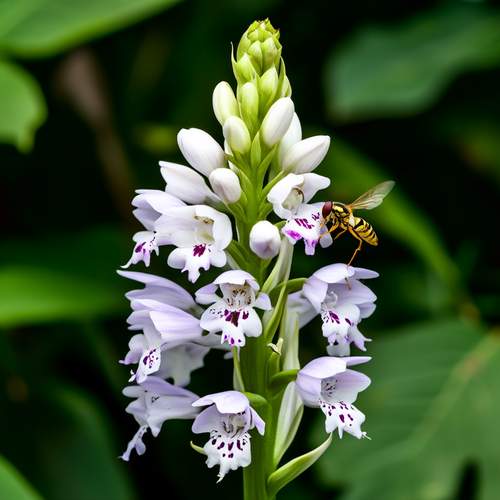
By /May 21, 2025
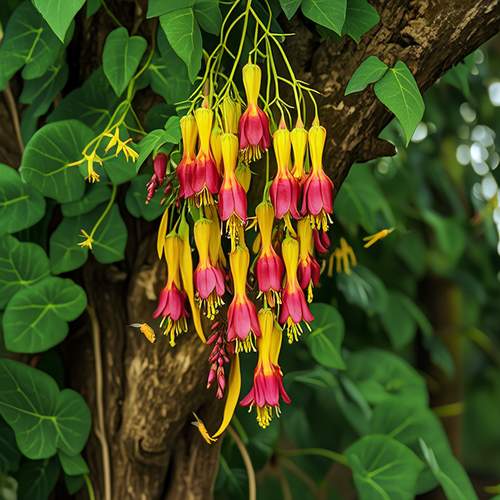
By /May 21, 2025

By Natalie Campbell/May 21, 2025

By Victoria Gonzalez/May 21, 2025
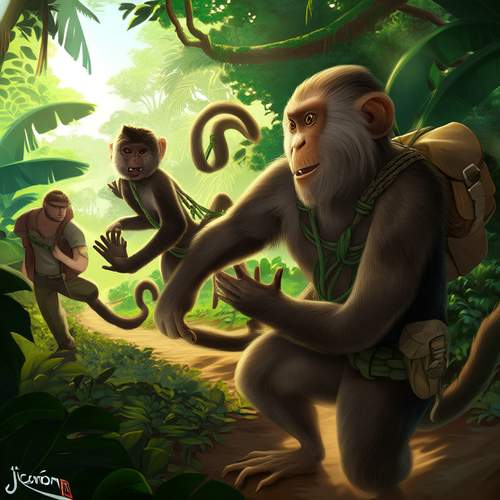
By Noah Bell/May 21, 2025

By Joshua Howard/May 21, 2025

By Olivia Reed/May 21, 2025

By David Anderson/May 21, 2025

By Victoria Gonzalez/May 21, 2025
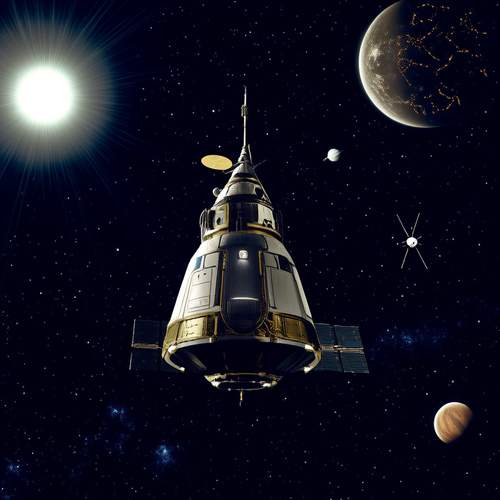
By Sophia Lewis/May 21, 2025

By Daniel Scott/May 21, 2025
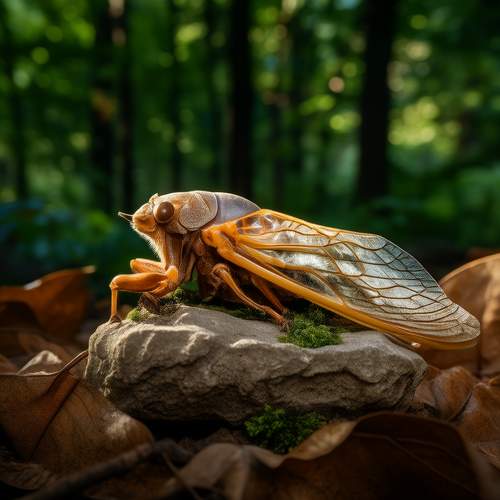
By Jessica Lee/May 21, 2025
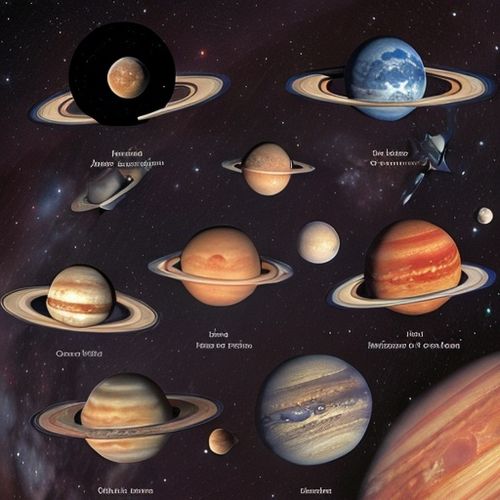
By Jessica Lee/Dec 22, 2024

By Emily Johnson/Dec 22, 2024
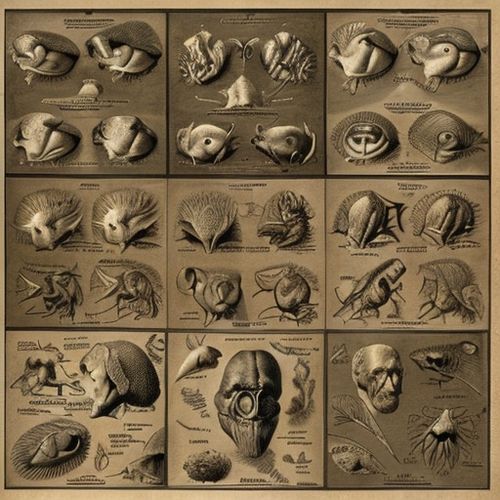
By Elizabeth Taylor/Dec 22, 2024

By Benjamin Evans/Dec 22, 2024

By Elizabeth Taylor/Dec 22, 2024